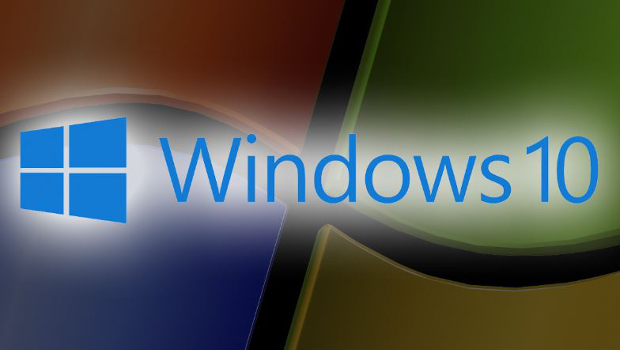
Enterprises are upgrading Windows 10 annually
When Microsoft extended support for Windows 10 Enterprise and Education — making it much easier for organisations to upgrade the OS just once a year — it simply bowed to a reality that had been in place since the operating system’s debut in 2015, according to a company document.
In a corner of a September 2018 document titled “Joint FAQs” and labelled “For Partner Use Only,” Microsoft acknowledged that many of its larger customers had been on an annual upgrade cadence since their beginnings with Windows 10. The FAQ was a companion to a 6 September 2018 announcement of a change to Windows 10’s support, the third that year.
“All future feature updates of Windows 10 Enterprise and Education editions with a targeted release month of September (starting with 1809) will be supported for 30 months from their release date,” wrote Jared Spataro, a Microsoft executive, in the post to a company blog. “This will give customers with longer deployment cycles the time they need to plan, test, and deploy.”
Before Spataro’s missive, all Windows 10 SKUs (stock-keeping units) were allowed 18 months of free support.
The 30-month support extension for enterprises meant that annual-and-just-annual feature upgrades were eminently doable. By exclusively deploying each fall’s upgrade, even the least agile organisations could slow down Microsoft’s Windows-as-a-service tempo.
Turns out that they were so desperate to get out from under Microsoft’s mandated upgrade-every-six-months pace that they had been doing yearly from the get-go.
“With the six-month release cadence, not every customer could test every release,” Microsoft said in the FAQ for partners. “In fact, we saw strong customer adoption of 1607, with many customers then adopting 1709 and skipping 1703 altogether.”
Here’s how that cadence looks when turned into table format.

Customers who adopted 1607, whether by upgrading from the original 1507 release (shown in the table) or first deploying Windows 10 with 1607 (more likely), jumped over April 2017’s 1703 and landed on 1709 sometime after the latter’s October 2017 launch.
From there it is a guess, as Microsoft published the FAQ four months after 1803 and three and a half months before 1809 was ready for even the most daring. One possibility is that enterprises on 1709 upgraded to 1809 even in the face of that version’s disastrous debut and resulting re-release.
More probable, is that organisations rightly steered clear of the 1809 debacle and knowing by then that each yy09 version came with 30 months of support, decided to wait until this year’s 1909 showed. Because 1709 will be supported for Enterprise and Education until April 14, 2020, those customers will have approximately seven months from 1909’s expected release to make the migration. That may seem like a tight timetable, but there are extenuating circumstances with 1909 that make it less of an ordeal than at first glance.
“We decided to formalise this cadence – formalising the way customers were already behaving,” Microsoft stated in the FAQ. “The goal is to provide relief to those customers.
“We fully appreciate that we have customers who may have ‘normalised’ to the ‘March/April’ releases and are skipping one,” Microsoft added, referring to organisations that had also gone annual but had selected the yy03 upgrade to do that. Those enterprises will undoubtedly want to slip versions to yy09 for the 30-month support benefit, meaning that they will have to do a second upgrade only six months after a first, or wait 18 months to move from spring to fall.
“We know that they will figure out how to adjust,” the FAQ continued. “We will be here to help that happen.”
But the message from Microsoft to its partners, and thus for passage from partners to customers, is harsher for customers not running the pricier Windows 10 Enterprise and Windows 10 Education SKUs.
In response to the question “Why doesn’t this change apply to Windows 10 Home and Pro users?” Microsoft said: “We are happy with the success that our consumer customers have had with twice-yearly updates; these individuals do not face the deployment management challenges that prompt our larger customers to need extra time. If a small business customer has an IT environment complex enough to warrant a longer servicing period, they should evaluate if Enterprise Edition is right for them.”
IDG News Service







Subscribers 0
Fans 0
Followers 0
Followers